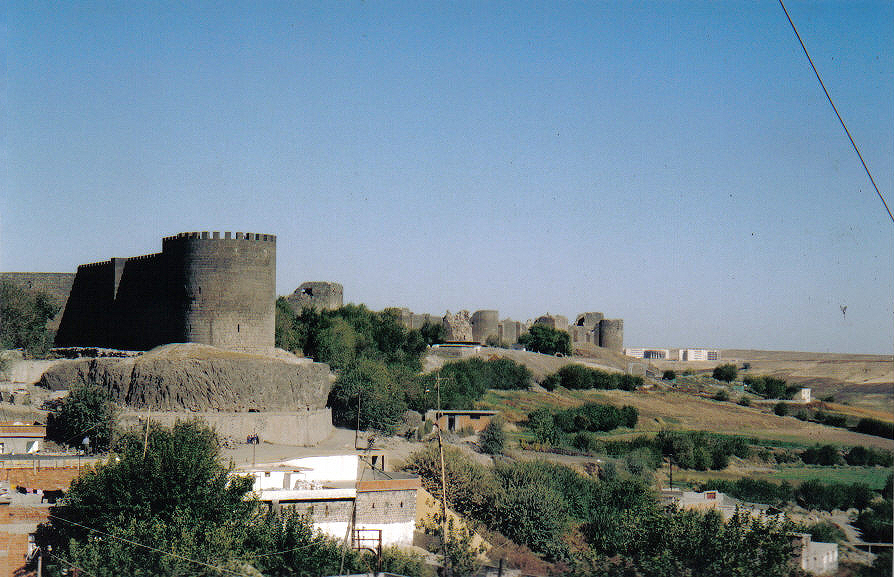Grumbates on:
[Wikipedia]
[Google]
[Amazon]
Grumbates or Krumbates was a king of the
 Grumbates thus participated in the
Grumbates thus participated in the
/ref> The son of Grumbates, while inspecting the defences of Amida, was shot and killed with an arrow shot by the city garrison. Ammianus described how the Grumbates, outraged at his son's death, demanded revenge from the Romans: he compares the death to that of
Turks in Transoxiana, Richard N. Frye
*Richard N. Frye
Turks in Transoxiana
Iranian rulers Turkic peoples of Asia People of the Roman–Sasanian Wars
Chionitae
Xionites, Chionites, or Chionitae (Middle Persian: ''Xiyōn'' or ''Hiyōn''; Avestan: ''Xiiaona''; Sogdian ''xwn''; Pahlavi ''Xyon'') were a nomadic people in the Central Asian regions of Transoxiana and Bactria.
The Xionites appear to be synon ...
, probably of the Kidarites tribe, an ancient nomadic tribe of Transoxiana
Transoxiana or Transoxania (Land beyond the Oxus) is the Latin name for a region and civilization located in lower Central Asia roughly corresponding to modern-day eastern Uzbekistan, western Tajikistan, parts of southern Kazakhstan, parts of Tu ...
.
Etymology
The exact origin of his name is not fully known. Hyun Jin Kim etymologized his name as ''*Qurum-pat'', "ruling prince"; containingIranian
Iranian may refer to:
* Iran, a sovereign state
* Iranian peoples, the speakers of the Iranian languages. The term Iranic peoples is also used for this term to distinguish the pan ethnic term from Iranian, used for the people of Iran
* Iranian lan ...
element ''pat'' "chieftain, ruler" and Turkic
Turkic may refer to:
* anything related to the country of Turkey
* Turkic languages, a language family of at least thirty-five documented languages
** Turkic alphabets (disambiguation)
** Turkish language, the most widely spoken Turkic language
* ...
''qurum'' "rule, leadership, administration" which is attested in the name of Bulgarian khan Krum
Krum ( bg, Крум, el, Κροῦμος/Kroumos), often referred to as Krum the Fearsome ( bg, Крум Страшни) was the Khan of Bulgaria from sometime between 796 and 803 until his death in 814. During his reign the Bulgarian territory ...
.
Attacks on the Sasanian Empire
The Kidarite king Grumbates mentioned by Ammianus Marcellinus was a cause of much concern to the Persians. Between 353 AD and 358 CE, the Xionites under Grumbates attacked in the eastern frontiers ofShapur II
Shapur II ( pal, 𐭱𐭧𐭯𐭥𐭧𐭥𐭩 ; New Persian: , ''Šāpur'', 309 – 379), also known as Shapur the Great, was the tenth Sasanian Empire, Sasanian King of Kings (Shahanshah) of Iran. The List of longest-reigning monarchs, longest ...
's empire along with other nomad tribes. After a prolonged struggle they were forced to conclude a peace, and their king Grumbates accompanied Shapur II in the war against the Romans.
Alliance with Shapur II against the Romans
 Grumbates thus participated in the
Grumbates thus participated in the Siege of Amida Siege of Amida may refer to:
*Siege of Amida (359) during the Persian–Roman wars
* Siege of Amida (502–503) during the Persian–Roman wars
See also
*Ferret Music
Ferret Music was an American independent record label turned Warner Music G ...
in 359 CE as an ally of Shapur II
Shapur II ( pal, 𐭱𐭧𐭯𐭥𐭧𐭥𐭩 ; New Persian: , ''Šāpur'', 309 – 379), also known as Shapur the Great, was the tenth Sasanian Empire, Sasanian King of Kings (Shahanshah) of Iran. The List of longest-reigning monarchs, longest ...
. His participation to the Sasanian campaign in the Eastern Caspian lands are described by Ammianus Marcellinus, who was inside the fortress of Amida at the time:History of Civilizations of Central Asia, Ahmad Hasan Dani, B. A. Litvinsky, Unesco
The United Nations Educational, Scientific and Cultural Organization is a specialized agency of the United Nations (UN) aimed at promoting world peace and security through international cooperation in education, arts, sciences and culture. I ...
br>p.38 sq/ref> The son of Grumbates, while inspecting the defences of Amida, was shot and killed with an arrow shot by the city garrison. Ammianus described how the Grumbates, outraged at his son's death, demanded revenge from the Romans: he compares the death to that of
Patroclus
In Greek mythology, as recorded in Homer's ''Iliad'', Patroclus (pronunciation variable but generally ; grc, Πάτροκλος, Pátroklos, glory of the father) was a childhood friend, close wartime companion, and the presumed (by some later a ...
at Troy
Troy ( el, Τροία and Latin: Troia, Hittite: 𒋫𒊒𒄿𒊭 ''Truwiša'') or Ilion ( el, Ίλιον and Latin: Ilium, Hittite: 𒃾𒇻𒊭 ''Wiluša'') was an ancient city located at Hisarlik in present-day Turkey, south-west of Çan ...
. The Sassanids began the attack with siege towers and attempted to take the city hastily, but were largely unsuccessful. Unable to gain a quick victory, Shapur II had to commit to capturing Amida in order to appease his ally Grumbates.
References
{{reflist, 30emSources
Turks in Transoxiana, Richard N. Frye
*Richard N. Frye
Turks in Transoxiana
Iranian rulers Turkic peoples of Asia People of the Roman–Sasanian Wars